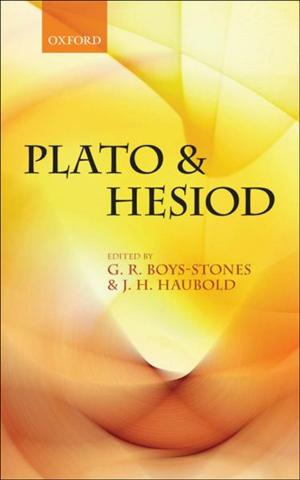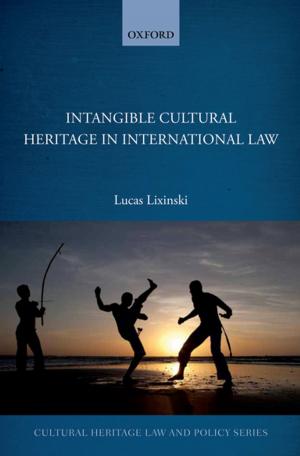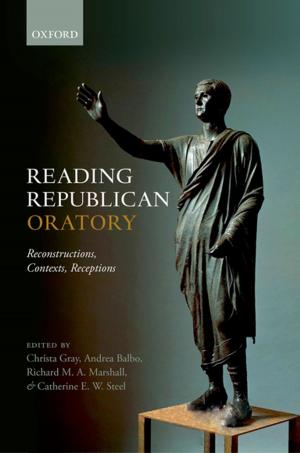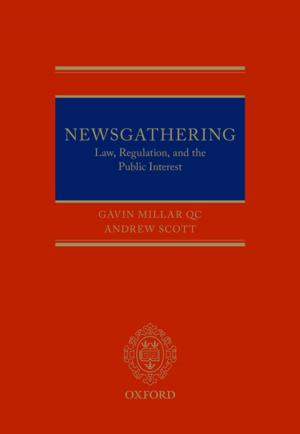Migration
The Biology of Life on the Move
Nonfiction, Science & Nature, Science, Biological Sciences, Ecology, Zoology| Author: | Hugh Dingle | ISBN: | 9780191020766 |
| Publisher: | OUP Oxford | Publication: | July 17, 2014 |
| Imprint: | OUP Oxford | Language: | English |
| Author: | Hugh Dingle |
| ISBN: | 9780191020766 |
| Publisher: | OUP Oxford |
| Publication: | July 17, 2014 |
| Imprint: | OUP Oxford |
| Language: | English |
Migration, broadly defined as directional movement to take advantage of spatially distributed resources, is a dramatic behaviour and an important component of many life histories that can contribute to the fundamental structuring of ecosystems. In recent years, our understanding of migration has advanced radically with respect to both new data and conceptual understanding. It is now almost twenty years since publication of the first edition, and an authoritative and up-to-date sequel that provides a taxonomically comprehensive overview of the latest research is therefore timely. The emphasis throughout this advanced textbook is on the definition and description of migratory behaviour, its ecological outcomes for individuals, populations, and communities, and how these outcomes lead to natural selection acting on the behaviour to cause its evolution. It takes a truly integrative approach, showing how comparisons across a diversity of organisms and biological disciplines can illuminate migratory life cycles, their evolution, and the relation of migration to other movements. Migration: The Biology of Life on the Move focuses on migration as a behavioural phenomenon with important ecological consequences for organisms as diverse as aphids, butterflies, birds and whales. It is suitable for senior undergraduate and graduate level students taking courses in behaviour, spatial ecology, 'movement ecology', and conservation. It will also be of interest and use to a broader audience of professional ecologists and behaviourists seeking an authoritative overview of this rapidly expanding field.
Migration, broadly defined as directional movement to take advantage of spatially distributed resources, is a dramatic behaviour and an important component of many life histories that can contribute to the fundamental structuring of ecosystems. In recent years, our understanding of migration has advanced radically with respect to both new data and conceptual understanding. It is now almost twenty years since publication of the first edition, and an authoritative and up-to-date sequel that provides a taxonomically comprehensive overview of the latest research is therefore timely. The emphasis throughout this advanced textbook is on the definition and description of migratory behaviour, its ecological outcomes for individuals, populations, and communities, and how these outcomes lead to natural selection acting on the behaviour to cause its evolution. It takes a truly integrative approach, showing how comparisons across a diversity of organisms and biological disciplines can illuminate migratory life cycles, their evolution, and the relation of migration to other movements. Migration: The Biology of Life on the Move focuses on migration as a behavioural phenomenon with important ecological consequences for organisms as diverse as aphids, butterflies, birds and whales. It is suitable for senior undergraduate and graduate level students taking courses in behaviour, spatial ecology, 'movement ecology', and conservation. It will also be of interest and use to a broader audience of professional ecologists and behaviourists seeking an authoritative overview of this rapidly expanding field.















